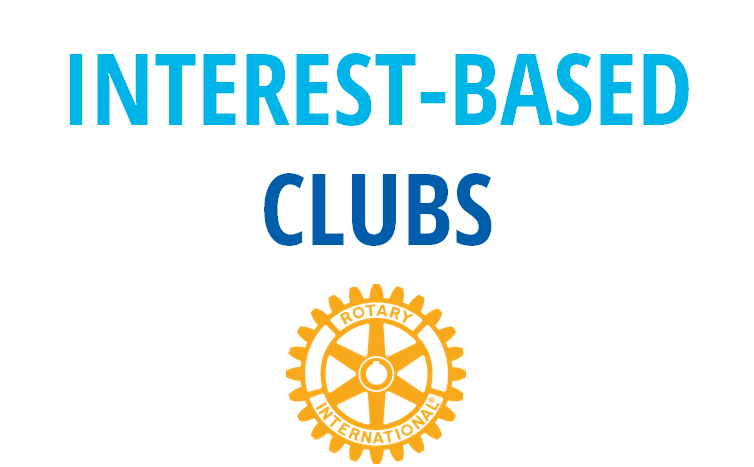
In January 2020, RI President-elect Holger Knaack made an impassioned plea for Rotary to revitalize itself by “creating unique clubs for younger people.”
For Gary Kao, who joined the Rotary Club of Taipei North, Taiwan, a decade ago, something clicked. He immediately launched an effort that has paid remarkable dividends.
In the space of three months, Kao helped start three new interest-based clubs, drawing about 200 new Rotarians into the fold. A fourth club was chartered in December, and Kao and his team are also helping an existing club expand by moving to an interest-based model.
“These new clubs really attract people, especially young people, who might not have wanted to join Rotary otherwise,” notes Kao, a 59-year-old information technology expert. “They love to come, and find that Rotary is a good way to meet new friends.”
Based on his experiences, Kao offers these tips to other Rotarians who are considering launching interest-based clubs.
FOLLOW YOUR BLISS
Kao adhered to a simple rule in conceiving his new clubs: Trust that your interests will appeal to others. Thus, as a triathlete who loves gourmet food and belongs to an art organization, Kao helped launch the Rotary Clubs of Taipei Triathlete, Taipei Long Distance Runner, Taipei Gourmet, and Taipei Art.
His passion for these hobbies, and the community that already existed around them, made the clubs an instant success and provided a model for younger Rotarians. This year his Rotary district plans to launch a club with a cycling theme, and he has inspired other districts in Taiwan to establish interest-based clubs, including one for mountain climbers and another for triathletes.
Kao has also found that appealing to people’s passions creates a deep and immediate sense of devotion to the clubs. For example, the Taipei Gourmet club raised a whopping $52,000 for The Rotary Foundation — in its first year.
LEVERAGE YOUR PERSONAL NETWORK
In considering who might lead these clubs, Kao didn’t organize a search committee. He reached out to his friends, folks such as Renny Ling, a promoter of Ironman competitions, and Nathan Lin, a local wine enthusiast and merchant. The benefits of this kind of personal recruitment are twofold: The charter presidents of the first three clubs he formed were all younger than 50, yet they had their own experience in recruitment and vast personal networks to tap.
USE SEMINARS AND SOCIAL MEDIA
Kao recognized from the start that interest-based clubs would thrive by bringing together people who shared particular passions. He recommends a robust slate of seminars and speaking events, promoted via social media sites, which can draw interest from folks who know little to nothing about Rotary.
HAVE A CLEAR PROCESS IN MIND
For all his enthusiasm, Kao is quite methodical in his approach to launching a new club. He created a module called Club Building Blocks, which consists of four elements: feature, support, promotion, and administration.
The first step is to form interest groups within an existing club, based on its members’ skills and hobbies (feature).
Then, appoint an experienced Rotarian in each interest group to serve as an adviser (support). Each group communicates its concept to prospective members through social media, gatherings, and speakers (promotion). When an interest group has recruited enough members, the adviser can help them submit a club application to Rotary International (administration).
THINK OF NEW MEMBERS AS SEEDS
When one of his interest-based clubs signs up a new member, Kao regards that member as a potential publicist and recruiter who might also compel others to join the fold. This mindset creates the possibility of exponential growth.
Kao also credits Rotary’s commitment to diversity, equity, and inclusion, which encouraged him to think more expansively about how to increase enthusiasm for Rotary.
DARE TO DREAM BIG
Kao has a reverence for the traditions of Rotary, but he admits that his big ideas endured a lot of skepticism. “We need to find a breakthrough to the current bottleneck of 1.2 million Rotarians,” Kao says. “That takes determination and trying new approaches, even when people question you.”